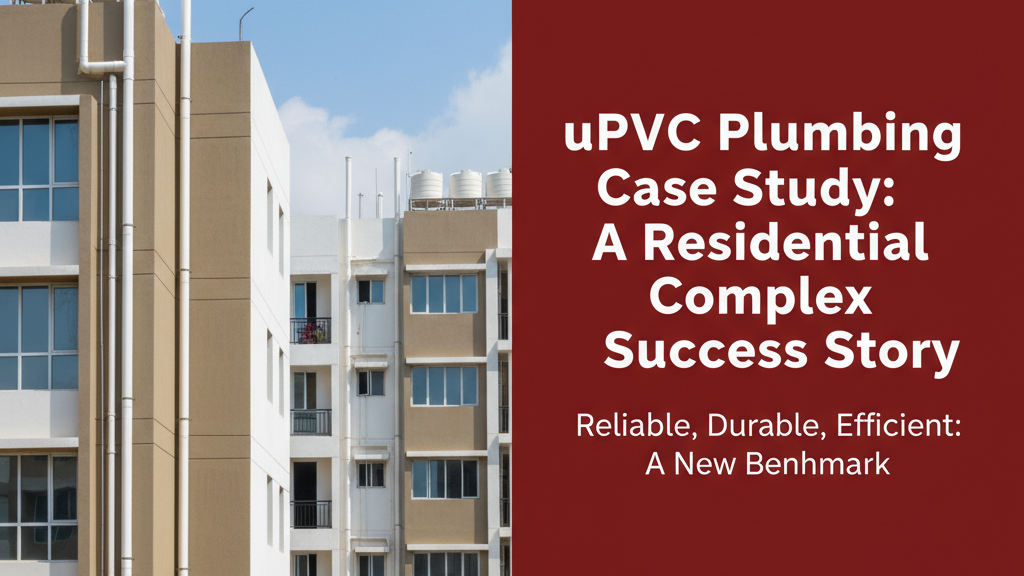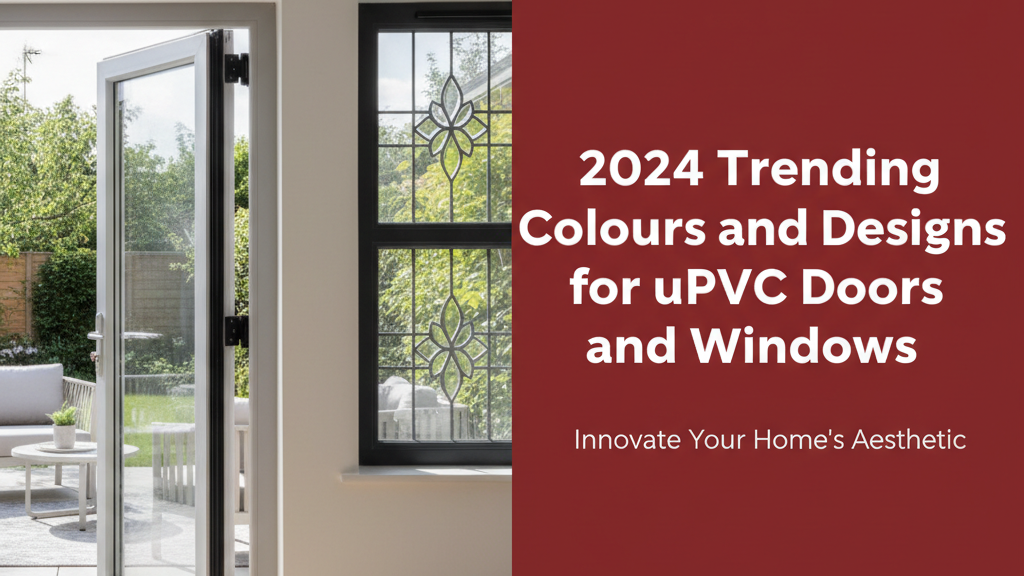Introduction to uPVC Plumbing in Residential Projects
Modern residential complexes demand plumbing systems that combine longevity, ease of installation, and resistance to harsh conditions. Unplasticised Polyvinyl Chloride (uPVC) pipes have emerged as a preferred choice over traditional metal or concrete alternatives, particularly in India’s varied climate. Their lightweight nature, corrosion resistance, and smooth inner walls make them ideal for efficient water supply systems in multi-storey buildings.
Challenges Faced in the Residential Complex
A 150-unit residential project in North Bengal initially used GI (galvanised iron) pipes for its water distribution system. Within four years, recurring issues emerged:
- Corrosion buildup reduced water pressure due to internal rust deposition (up to 30% flow restriction in some vertical risers)
- Five major leak points developed at threaded joints, wasting approximately 7,500 litres monthly
- Frequent repairs disrupted residents, with maintenance costs exceeding ₹2.5 lakh annually
Choosing uPVC: The Solution for Durable Plumbing
The property managers evaluated alternatives considering these key requirements:
| Factor | GI Pipes | uPVC Pipes |
|---|---|---|
| Lifespan | 7-12 years | 50+ years (under BIS 4984) |
| Corrosion resistance | Zinc coating degrades in humid conditions | Unaffected by moisture or chemical reactions |
| Water pressure retention | 15-20% loss over 5 years | <5% loss over 20 years (smooth bore maintains flow) |
uPVC was selected for its zero-maintenance characteristics and compatibility with existing pump capacities.
Installation Process and Key Considerations
Preparing the Existing Infrastructure
- Conducted hydraulic calculations to confirm uPVC pipe diameters (mostly 63mm and 90mm) could maintain 1.5 bar pressure at top floors
- Removed all galvanised fittings to prevent electrolytic corrosion at transition points
- Installed isolation valves every three floors to enable future maintenance without system shutdowns
uPVC Pipe Fitting Techniques
The team used solvent cement joining for branches and rubber-ring joints for straight runs, ensuring:
- 24-hour curing time before pressure testing
- Expansion loops every 6 metres to accommodate thermal movement (uPVC expands 0.06mm/m/°C)
- Anchoring at 1.5m intervals with ISI-marked clamps to prevent sagging
Results: Benefits Observed Post-Installation
Post-retrofit monitoring showed measurable improvements:
- Water flow increased by 22% at terminal points due to eliminated corrosion scaling
- Pump runtime reduced by 18%, cutting electricity consumption by ₹28,000 annually
- Zero leak incidents reported in 3 years versus 11 leaks/year with the previous system
- Water testing showed no heavy metal contamination (previously contained 0.8mg/l iron)
Long-Term Performance and Maintenance Insights
After five years of operation:
- No degradation observed in pipes exposed to direct sunlight (UV-stabilised formulations used)
- Joint integrity maintained despite minor building settlements (up to 5mm differential movement)
- Only maintenance required: annual inspection of rubber gaskets at access points
“The uPVC system’s performance exceeded our expectations. We’ve stopped budgeting for plumbing repairs entirely.”
— Maintenance Supervisor, Siliguri Housing Society
Conclusion: Why uPVC is Ideal for Residential Complexes
This case study demonstrates how uPVC plumbing systems address India’s humid climate challenges while reducing lifecycle costs. Their leak-free performance, consistent water quality delivery, and 50-year service life make them particularly suited for high-occupancy buildings where reliability and low maintenance are priorities. When installed with proper techniques—accounting for thermal expansion and using BIS-certified materials—uPVC systems provide trouble-free operation decade after decade.



